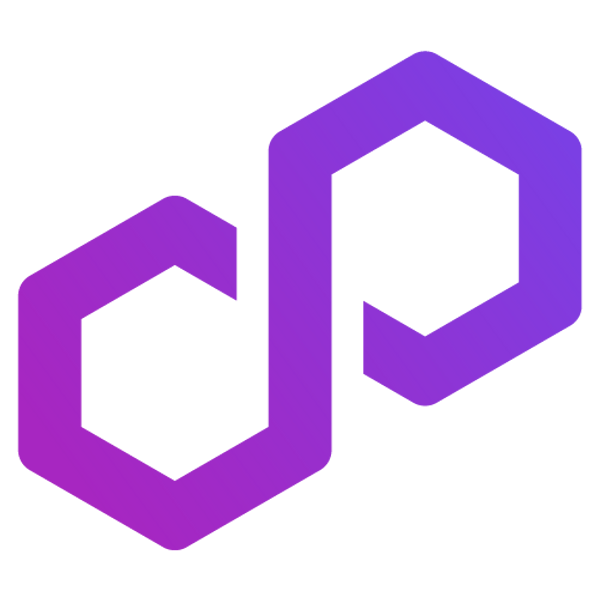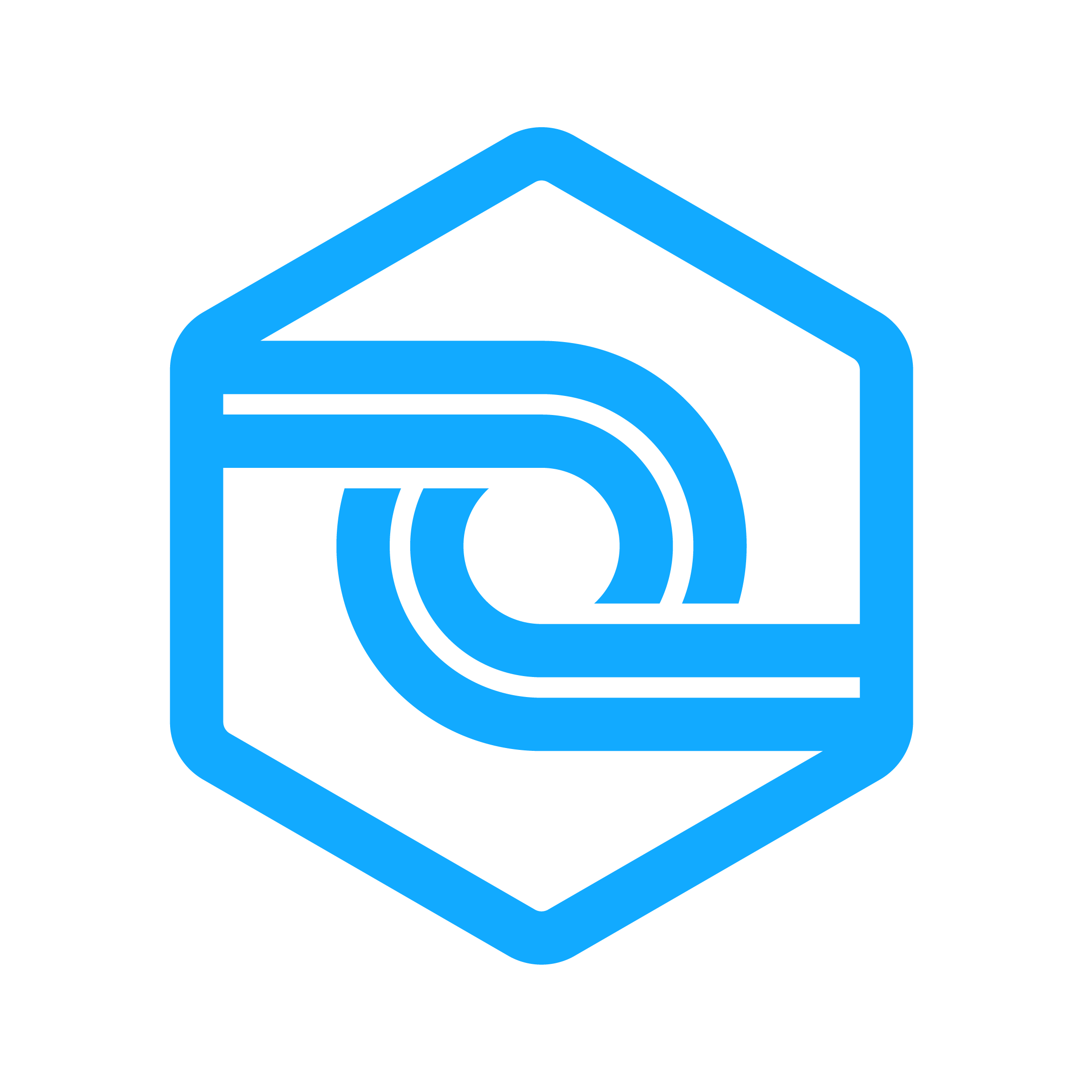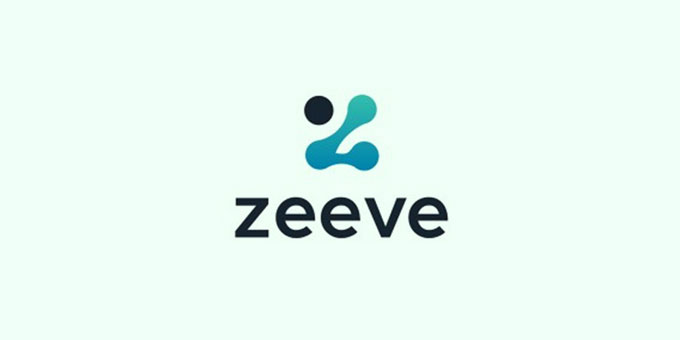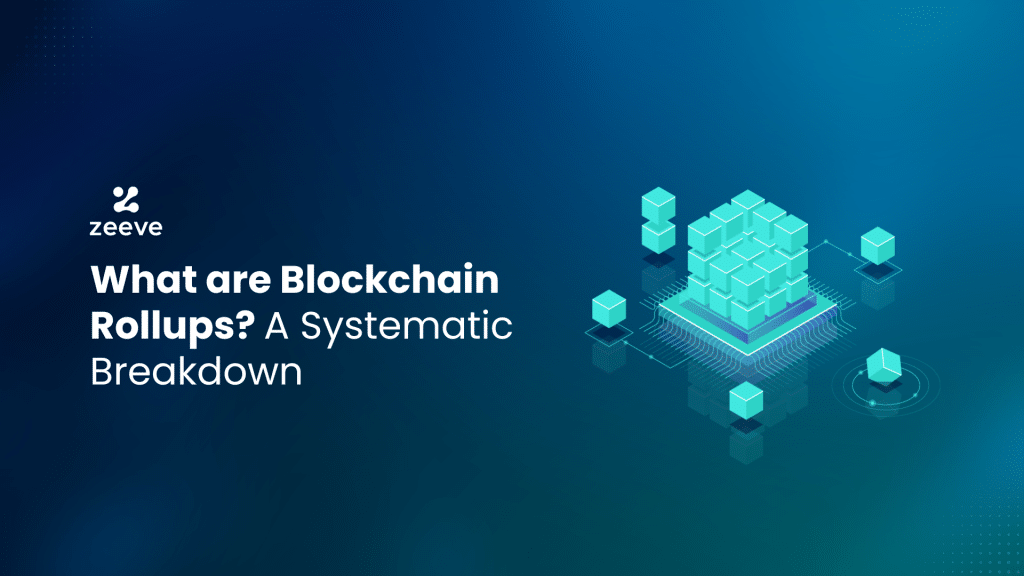Blockchain rollups are right now a buzzword and a rapidly adopted Layer2 scaling solution. Rollups are designed mainly to tackle the scalability issue by creating batches of transactions and computing them off-chain. You might know about Vitalik Buterin’s statement in which he says that we are looking at 50,000 to 100,000 TPS, but Ethereum rollups give us an edge to make that 300,000 to 500,0000 TPS. And. that’s how rollups got its grip, empowering prominent enterprises like Sony, Flipkart, Visa, and Mastercard to build their L2 rollups.
In this article, we will deep dive into blockchain rollups to understand its meaning, requirement, working mechanism, different types, and applications. On that note, let’s begin our analysis.
What are blockchain rollups?
As discussed, rollups are new-age layer-2 scaling solutions that bundle multiple transactions and processes on Layer-2/ Layer-3 networks , separately from layer-1. Once processed, transaction data is published on Layer-1. This means, rollups take significant load off from Layer1, thereby improving overall scalability and speed for better performance. Rollup chains can be created as application-specific chains (like for gaming, DeFi, etc) or they can be a general-purpose L2 to power numerous applications on a single chain. Dapps have the complete freedom to customize their rollup chain to suit specific ecosystem needs.
The need for Blockchain Rollups
Blockchain rollups play an integral role in enhancing the scalability and security of Layer2s. Let’s take an example of a freeway to better understand rollups requirement. You might be fond of traveling using your vehicle, but do you like traffic jams? Apparently, you would nod in negative by saying no we don’t. That’s why we have the freeways built to help relieve the traffic from destination point A to B.
Rollups in blockchain do the same for the blockchains by taking-off the load from the main network. Instead of computing thousands of transactions on the L1, through the help of L2s or rollup networks, these L1 chains need to process just 1 transaction that has thousands of transactions bundled in it.
Hence, rollups dramatically relieve the traffic of the main chain and make it much more efficient and compatible to support a wide range of use cases for a more concentrated adoption. Also, based on specific requirements, projects can launch smart contract or sovereign rollups. Want to read about them in a detailed way? Refer to our article linked below:
A Comprehensive Guide for Smart Contract and Sovereign Rollups
How blockchain rollups work?
While rollups reduce the congestion on Layer-1, it can still inherit battle-tested security from the underlying L1. Plus, Transaction data and proof of validation are also posted on L1 to ensure all the transactions remain censorship-resistant and they are easily verifiable. Below is a
simple overview of how exactly Ethereum rollup work:
- Users on the rollup chain conduct transactions, which are then processed on the chain itself.
- ‘Sequencer’ confirms all the transactions, creates L2 blocks, and posts transaction data and proof on L1.
- Sequencer bundles various transactions that are submitted on the L1 chain.
- The L2/L3 rollup posts the transaction data to the smart contract sitting on L1.
- In case of zkRollups, transactions are validated through cryptographic proofs. Thus only validity proofs are submitted on L1, not the complete transaction data.
Types of Rollups:
Optimistic rollups and zkRollups are the two main types of rollups. Both aim to offer high throughput, low mainnet congestion, and faster transactions with low gas fee for all kinds of web3 projects. Let’s learn more about them:
1- Optimistic Rollups
As the name says, Optimistic rollups work through a presumption that all the transactions are legitimate unless a dispute is raised within the challenge period. In case if any of the transactions are incorrect, fraud-proof is submitted, and the state of the blockchain is adjusted accordingly. To validate the fraud proofs, a challenger contest is opened, and concerned parties will stake their tokens to provide proof for a disputed transaction. If one of the parties is at fault, the other party that has raised the dispute will receive the staked tokens of the party at fault.
This way, the state of the blockchains are validated. Generally, a challenger period is opened by those parties who are very sure of fraud because if they are spamming the network by raising bogus disputes, they will be losing the funds. In this way, the Optimistic Rollups maintain the efficiency of the network. Optimistic rollups is right now the most mainnet-ready and integration-rich rollup option that has quite impressive adoption across diverse projects spanning web3 gaming, DeFi, RWA, general-use, and more.
Examples of top Optimistic Rollups: Optimism (OP Stack), Arbitrum (Arbitrum Orbit), and Base L2.
Continue reading: Optimistic Rollups and how scalable, low-cost applications are built using it?
2- ZK Rollups
Zk- Rollups are Zero-knowledge based rollups that process transactions off-chain using mathematical computations and provide cryptographic proofs. These proofs are submitted on Layer-1 to ensure validity and censorship-resistance in transactions. Zk proofs are alone sufficient to ensure the authenticity of the transaction, hence the need to post data on Layer1 is eliminated with this.
As a result, Zk rollups allow near-instant withdrawal of funds by using snark-proofs. These proofs are anonymous and private, which protects the identity of the transaction and validates the data. Zk rollups are ideal for projects that require massive scalability, quick settlement of transactions, privacy, and battle-tested security, like for web3 gaming projects, payment solutions where frequent and massive transactions happen on a daily basis.
Examples of ZK-Rollups: Polygon CDK, ZK Sync, Immutable X, Loopring, and more.
Also read- How to scale your dApp with the power of zkRollups?
Rollups applications and benefits:
As a feasible solution for enhancing scalability, reducing transaction cost, and maintaining high-staked security, blockchain rollups’ applications have been actively implemented across a range of industry sectors, including:
- Decentralized finance (DeFi)– DeFi applications often see massive transactions and congestion. Rollups allow these projects to maximize their performance and achieve benefits like extremely high throughput, greater security, anti-censhorship features, MEV (Maximal Extractable Value) protection, and more.
- Web3 gaming– Similar to DeFi, gaming projects also demand massive scalability. Plus, games should offer users with gas fee customization or gasless transactions, 100% decentralization in governance while allowing them to do more on the ecosystem. With a rollup chain, games can fulfill all these requirements while maintaining reliable security.
- NFT projects- With rollups, NFT projects can mint and process NFTs on a separate L1, thus getting the ease of scaling, better communication through cross-platform compatibility, and enhanced security & liquidity.
- Real estate– Real estate projects can have full control on their ecosystem, they can maintain transparency of their sensitive information, interoperability across various projects, and a lot more.
- Enterprise solutions- Rollups are ideal for enterprise-grade applications as they allow for full customization, higher security, and management of accessibility permissions to ensure privacy and integrity.
- Supply Chain– Supply chain companies can use Layer-2 rollups to leverage a customizable workflow, maintain network-level permissions, ensure 100% protection of sensitive data, and more.
Deep dive into rollup use cases here- The benefits of using Rollups Infrastructure across different sectors: Key aspects to consider.
How to Launch Rollups?
There are two main ways of launching L2/L3 rollup chains— building with rollup SDKs with your own resources or using rollups-as-a-service (RaaS). For Optimistic Rollups, OP Stack and Arbitrum Orbit are the preferred SDK. For Zkrollups, Polygon CDK, ZkStack, and Rollkit Stack are the prominent stack.
Launching rollups with SDKs requires technical expertise and complete familiarity with Dev tools. Plus, you need a dedicated team to keep track of your chain, its real-time performance, timely optimizations, integrations, and so on. For example, you need to write smart contracts, host nodes, configure all the rollup components, test, and deploy.
Then, a dedicated monitoring setup to ensure performance. An alternative for this is Raas or rollups-as-a-service solutions. RaaS replaces all these steps with simple steps like onboarding, configurations, testing, and deployment– all through a user-friendly, no-code interface. You can instantly launch a rollups testnet and move it to the mainnet with all the essential integrations and configurations.
Read this article for a clear explanation: Rollups-as-a-service or building yourself with Rollups SDKs– which is viable?

Launch your rollup chain with Zeeve RaaS
Zeeve RaaS offers enterprise-grade infrastructure to launch, manage, and scale a L2/L3 rollups. The comprehensive RaaS stack at Zeeve is optimized for low-code deployment, in-depth monitoring, analytics, and real-time alerts. With Zeeve, you can launch a rollup from scratch or migrate your existing blockchain network to a rollup-based ecosystem for minimal turnaround time and without any risk of data loss. Using Zeeve’s Polygon CDK Sandbox, you can set up a fully-functional testnet for chains built with OP Stack, Arbitrum Orbit, Polygon CDK, and ZK Stack– all with just a few clicks.
Further, Zeeve’s RaaS stack allows you to make your rollup network modular with a range of integration services such as Avail, Near DA, and Celestia for data availability, Biconomy and Halliday for Account Abstraction (AA), Chain Link for decentralized oracles, Espresso and Radius for Decentralized Sequencer, Subgraph for data indexers, and LayerZero and Router Protocol for interoperability layer.
On top of that, Zeeve offers all the essential components for launching a rollup Layer2 network, such as white-labeled explorers, data indexers, cross-chain bridges, scalable nodes, and wallets. With all these, the Zeeve allows web3 enterprises to save significant deployment and rollup management costs. Plus, you will be able to monitor your rollup chain via a unified dashboard designed for 24/7 monitoring, and instant alerts– complete with enterprise-grade security, 99.9% uptime guarantee with enterprise SLA.
Need more information about Zeeve’s Rollups-as-a-service(RaaS) stack or for choosing the right scaling Layer-2 solution? Get in touch with us, and Zeeve experts can help you identify the right rollup solution.























